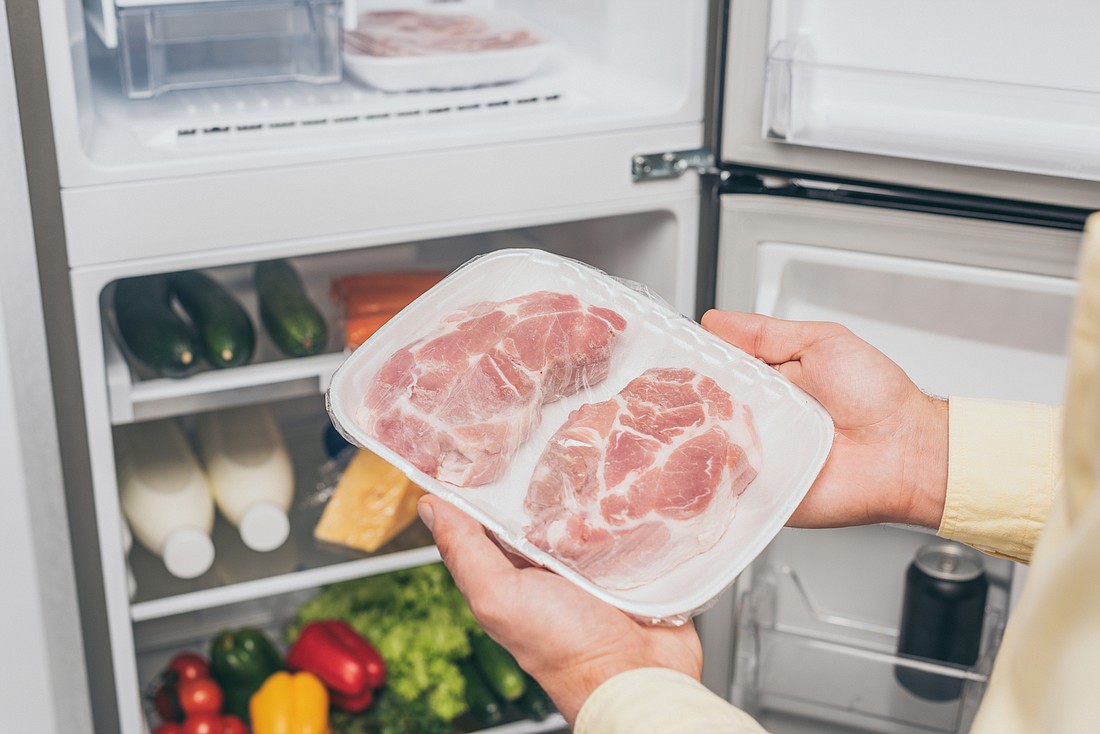- December 13, 2025
-
-
Loading

Loading

Hurricanes and other storms often lead to power outages. Following Hurricane Ian, UF/IFAS food safety expert Keith Schneider shares these tips for safe storage of food and water before and during a power outage.
What are the biggest food safety concerns during a power outage?
One of the biggest things you have to worry about is any perishable food you’re storing in your freezer or refrigerator being in the “danger zone” — above 40 degrees Fahrenheit — for too long. The more time spent in that zone, the greater the chance of food spoiling.
How long will food stay fresh in a refrigerator after the power goes out?
When the power goes out, the clock starts ticking. Once the inside of your fridge goes above 40 degrees, the “danger zone,” you typically you have about 4 hours before food starts to spoil. Freezers take longer to reach the “danger zone,” usually about 48 hours. How quickly your unit goes above 40 degrees depends on how well insulated it is. Consider putting a thermometer in your fridge and freezer to help you monitor the temperature.
However, you don’t want to be opening and closing the fridge or freezer frequently once the power goes out. The more you open it, the faster the temperature is going to rise.
Is it better to keep food in the fridge or transfer it to a cooler filled with ice?
If you know a power outage is possible and you’re not evacuating, having a cooler with ice is an advantage. Transferring your perishable foods to a cooler with ice once the power goes out is a good idea.
What should people do if their perishable foods have been in the “danger zone” for more than four hours?
The motto here is, “When in doubt, throw it out.” This is also why having an ample supply of non-perishable foods on hand is so important, especially if your power is out for an extended period of time.
Are canned foods safe to eat right out of the can? What about foods that say “refrigerate after opening”?
Yes, these kinds of foods are safe to eat right out of the can or container and don’t have to be heated to be safe. However, if you have lost power and don’t have a working refrigerator, these foods will spoil if left unrefrigerated after opening.
A tip for stocking canned food: If you typically use an electric can opener, make sure you have a hand-operated one in your hurricane kit.
How often should you replace the nonperishable foods in a hurricane kit?
Go by the expiration dates on the containers. If the item has expired, it’s time to replace it. Even bottled water has an expiration date. These expiration dates don’t have so much to do with the food as the container—over time, the can or bottle can degrade, and that’s why you want to replace those items after their expiration date.
A good rule of thumb for stocking non-perishable foods is, “first in, first out.” That means that when you add new items to your pantry, move older items to the front of the shelf so they can be used first. This helps ensure you use food before it reaches the expiration date.
How can you cook or heat foods without electricity?
If you have a gas or charcoal grill, you can use that to cook your food, but you’ll need to be sure to have propane or charcoal on hand, and you need to use your grill outdoors. If you have a gas stove top, keep in mind that those use a built-in electric-powered igniter to light the flame. To use a gas stove top when the power is out, use a long butane lighter to light the gas.